For many people, a bright, crackling, wood fire is as much a part of the fall and winter season as hot apple cider and a cozy wool sweater. But there are a few things to keep in mind before you set logs ablaze.
The World Health Organization (WHO) defines wood smoke as both household (indoor) air pollution and ambient (outdoor) air pollution because of its carcinogenic properties. The soot from wood smoke is made up of very small particles, so small, that they can easily get into our lungs, nasal passages and airways and stay there. Prolonged exposure can have adverse health effects, including damage to lungs and immune systems, especially on sensitive populations such as children, the elderly, and individuals with respiratory illnesses. The Environmental Protection Agency (EPA) recently reported that even just a little exposure has been linked to heart attacks and arrhythmias.
Tips for Healthy and Safe Wood Fires
While it is best to avoid indoor wood smoke entirely, there are ways you can reduce the impact of wood smoke and keep your home safe.
- Make sure wood and kindling are dry before burning. Store firewood off the ground and keep it covered at all times. The best way to tell if your wood is dry enough to burn is to use an inexpensive moisture meter available at most hardware stores.
- Keep fireplace dampers open and wood stove doors closed when fires are burning. These practices will minimize the soot, particles, and chemicals, like carbon monoxide, released into your home.
- Clean and inspect fireplaces, chimneys and wood burning equipment. Make sure flues are clear, chimneys are clean, and wood stoves or inserts are up to code.
- Make sure all fire alarms and carbon monoxide detectors are installed and in proper working order.
- Limit the amount of wood stored indoors. Only bring in what you need to reduce the chance of allergy and asthma triggers circulating in the indoor air.
What Not to Burn
Just as important as what to put in your fireplace, is what not to burn. Many things you might be tempted to use to stoke your fire are dangerous when burned because they release toxic chemicals, corrosive gasses, and nitrous oxide. Never burn:
- Household or recyclable paper, magazines, printed cardboard, or plastics.
- Coated, painted, or pressure-treated wood.
- Ocean driftwood, plywood, particle board, or any wood with glue on or in it.
- Wood (even firewood) that is wet, rotted, or moldy.
When to Burn
Some locations allow wood fires only on certain days and other locations prohibit them entirely. Be sure to check local conditions! Enjoy your fire, but be sure to make them legally, responsibly, and judiciously!
Hayward Score helps you discover how your home may be impacting your health in minutes – – for FREE!
Answer a quick set of questions then get a personalized list of action items. Transform your home and health today!

ARE YOU CONCERNED YOUR HOME IS MAKING YOU SICK?
Our guide on indoor quality will help you diagnose possible issues and implement intelligent solutions to improve the quality of the air inside your home.















